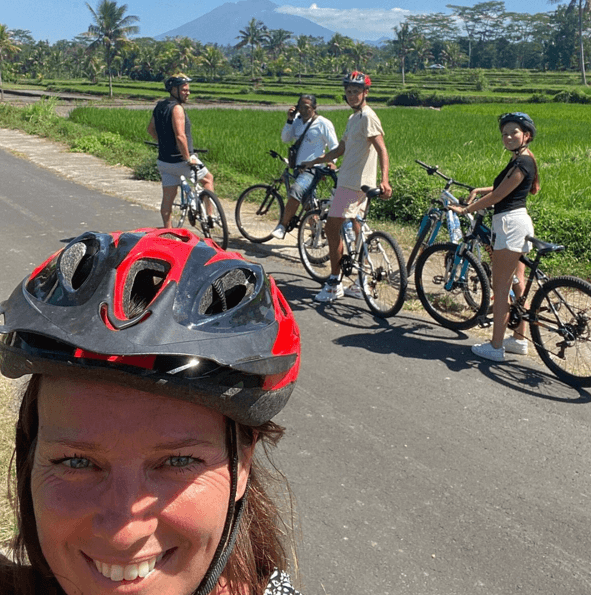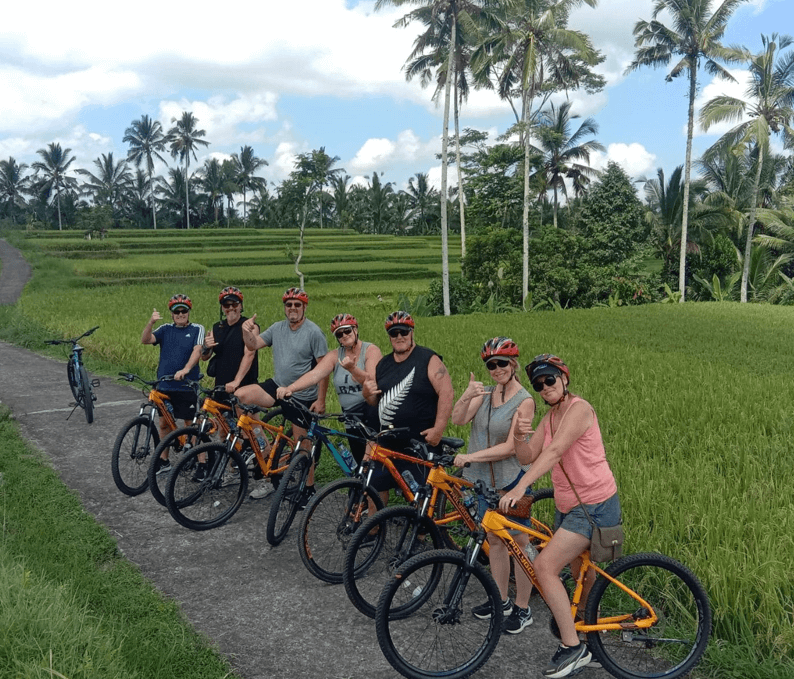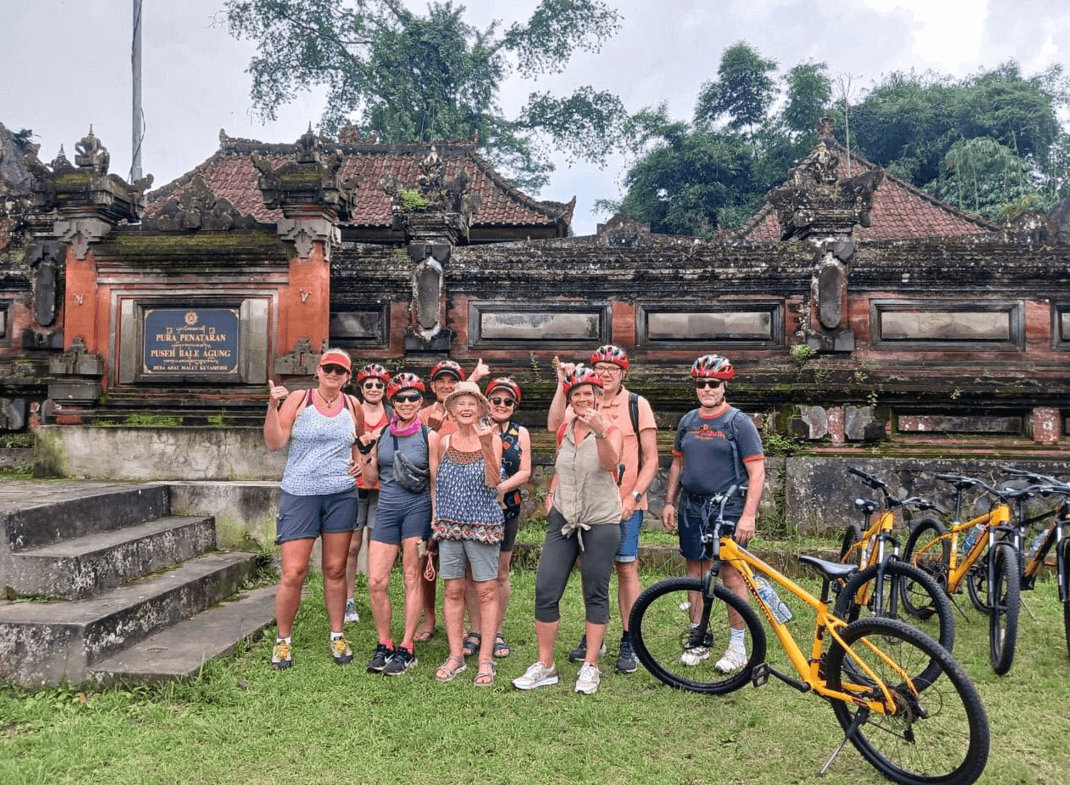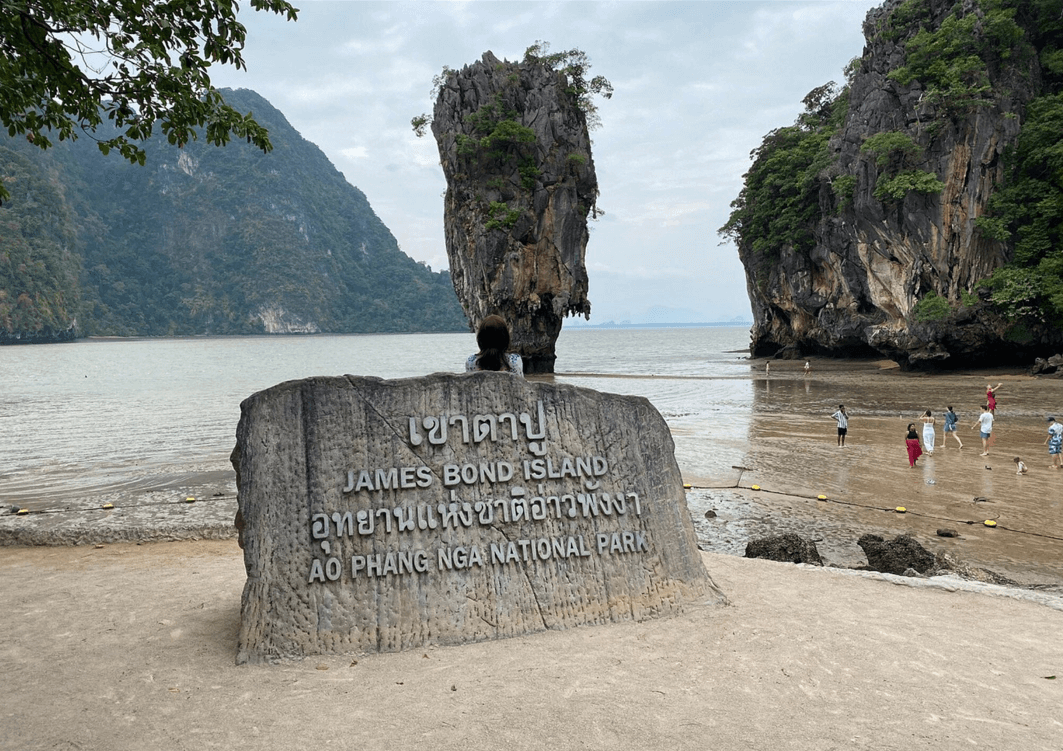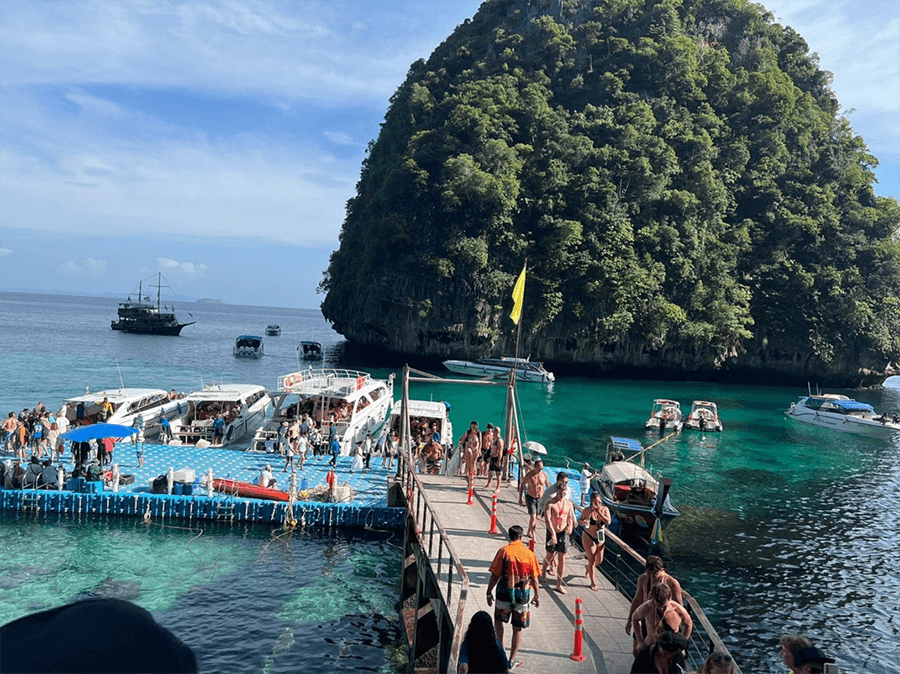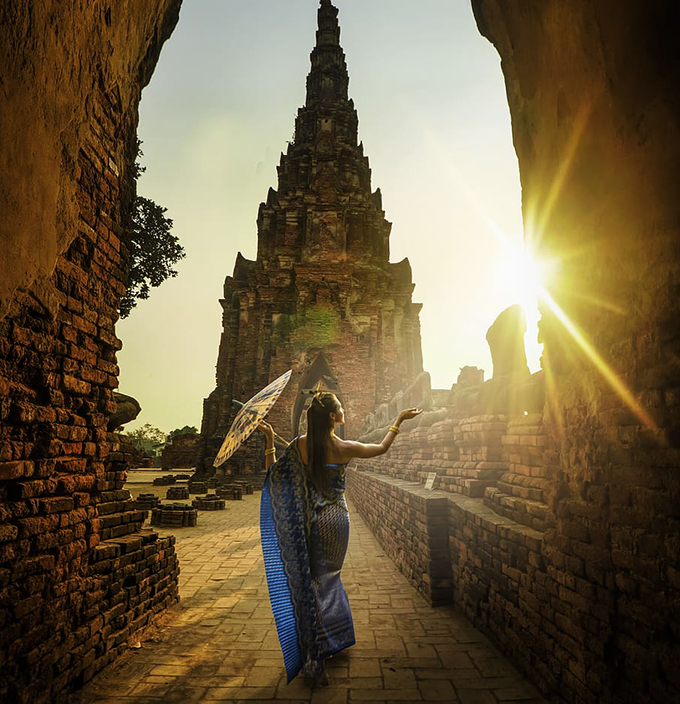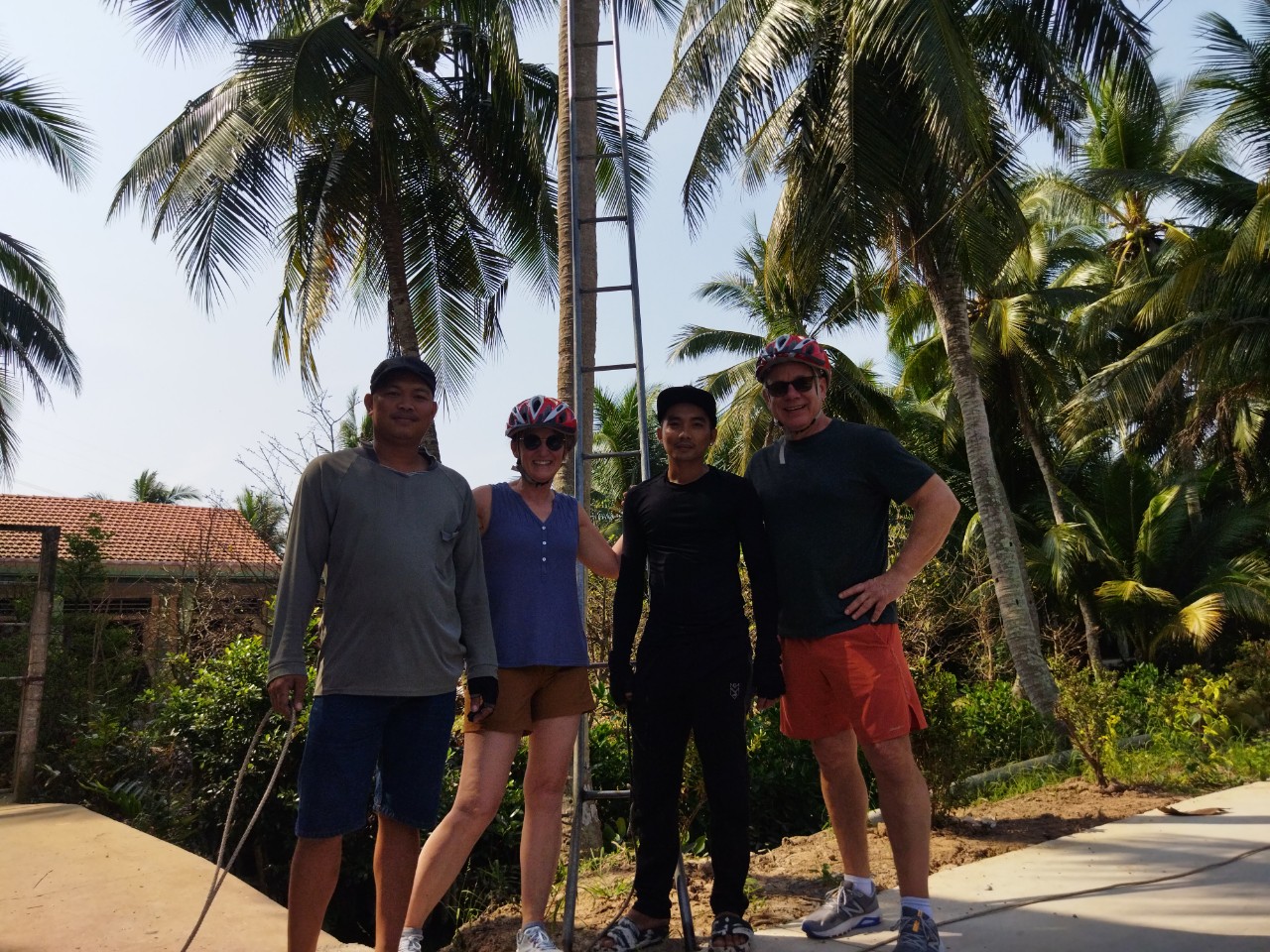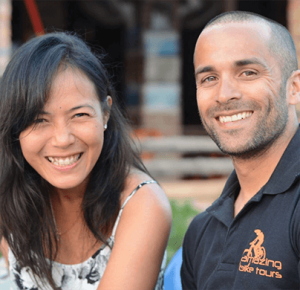Travel in Tibet
Tibet is a place where spirituality and the physical landscape are inextricably entwined. Monks at prayer (or engaged in vigorous debate over Buddhist sutras!) crowd the ancient monasteries on picturesque hillsides. Remote religious retreats offer solitude and tranquility by the shores of azure Himalayan lakes. Devout pilgrims make their daily kora circuit around temples where the air is thick with incense. The world’s tallest mountains form a heart-pounding backdrop. There’s no doubt about it – Tibet will stir your soul.
Where to travel in Tibet
There’s no ignoring the political dimension of a trip to Tibet, and it is in the capital, Lhasa, that Chinese authority is most keenly felt, with an underlying tension that is especially heightened around the time of Tibetan New Year. Most visitors will begin their travels with a few days to acclimatize in ‘the Sunlit City’, discovering spectacular landmarks including the Potala Palace, the Jokhang Temple, and the Norbulingka Palace, all three of them UNESCO World Heritage Sites. We suggest sticking to the traditional Tibetan quarter on the eastern side of Lhasa, for a far more authentic experience.
Tsetang, in the scenic Yarlung Valley, is considered the birthplace of Tibetan civilization. There is a cave in the sacred Mt. Gongbori where ancient legend has it that a monkey mated with a cannibal ogress, and their offspring became the six tribes of Tibet. In the wider Tsetang region you can see Samye, the first monastery built in the country, and nearby stands Yumbulagang, a palace said to be Tibet’s first building.
Independent travel in Tibet is not possible due to official restrictions, and organised tours will often edge west from Lhasa, taking in key destinations such as Tsetang, Gyantse, Shigatse and finally the Mount Everest National Park. Even amid the astounding Himalayan scenery, the world’s highest mountain is a real show-stopper. The best views are to be had in spring and autumn, avoiding the mists of summer and the freezing cold winter temperatures.
Reasons to love Tibet
As befits a country on the roof of the world, Tibet operates on a higher plane of consciousness. The levels of activity around well-known landmarks including the Jokhang Temple, the Kumbum of Palchor Chode in Gyantse, and the Sera and Ganden monasteries in Lhasa attest to the depth of religious feeling here. Travellers are welcomed in attending colourful Buddhist festivals throughout the year, or taking part in the daily pilgrim circuits, the kora, around sacred sites.
Since we’re on the subject, one of the most well-known kora routes is that which takes you around the magnificent Jokhang Temple in Lhasa, through the electric atmosphere of the Barkhor neighbourhood which surrounds the temple. Pilgrims begin arriving at dawn, and it soon becomes a steady stream of movement that continues throughout the day. Traditional Tibetan homes and stalls are rapidly disappearing, changing the face of the Barkhor, but for many travellers this remains a firm highlight of their stay in Tibet.
While Tibet is not a major destination for trekking holidays, those who do strap on a pair of boots between spring and autumn can expect to be rewarded with some truly epic views. The hike from lofty Rombuk Monastery to base camp at Mount Everest is a popular short route, and there are some particularly scenic trails around the sacred Mount Kailash, a renowned pilgrimage location, and the beautiful Holy Lakes, such as Namtso and Yamdrok.



